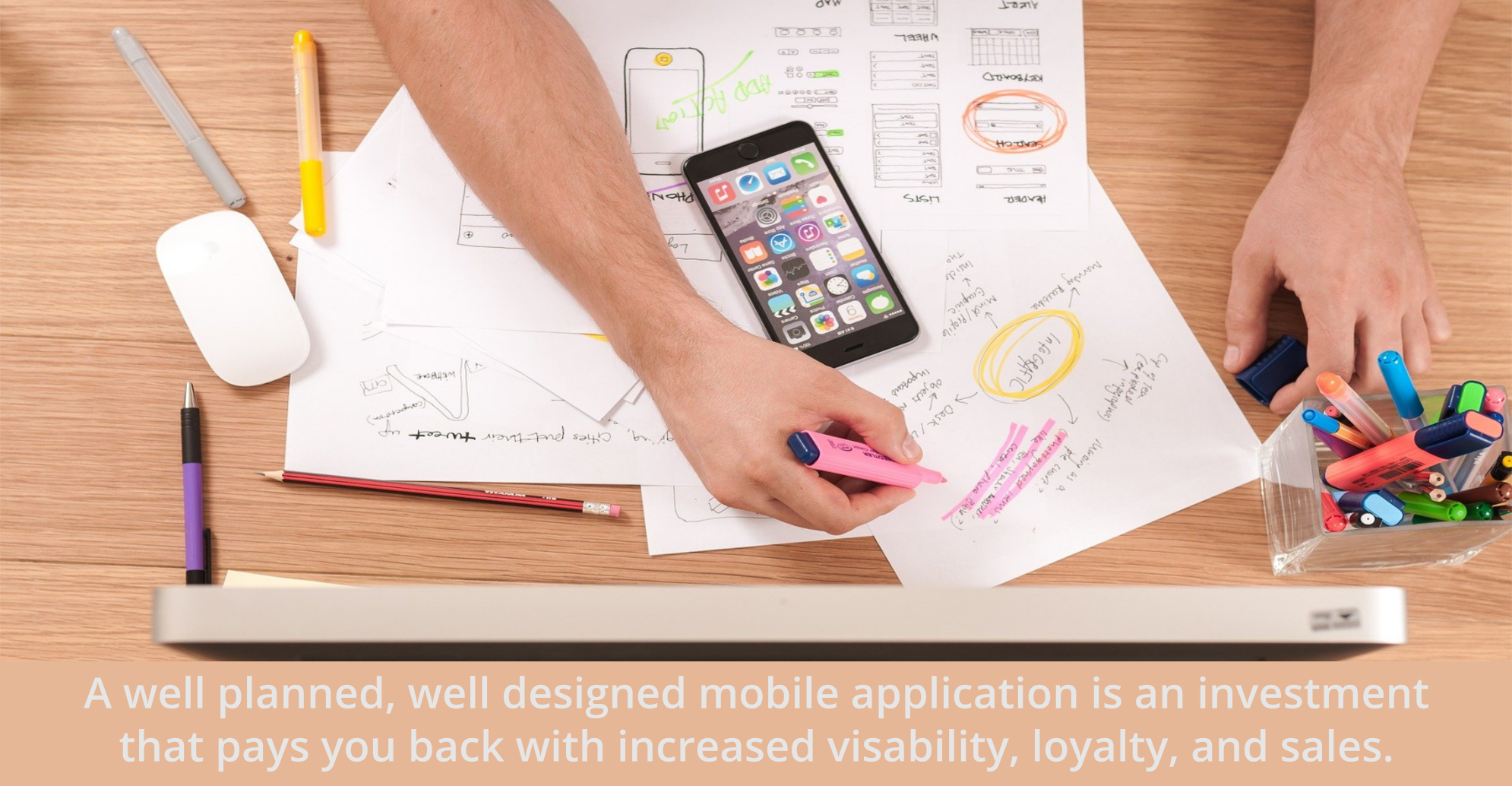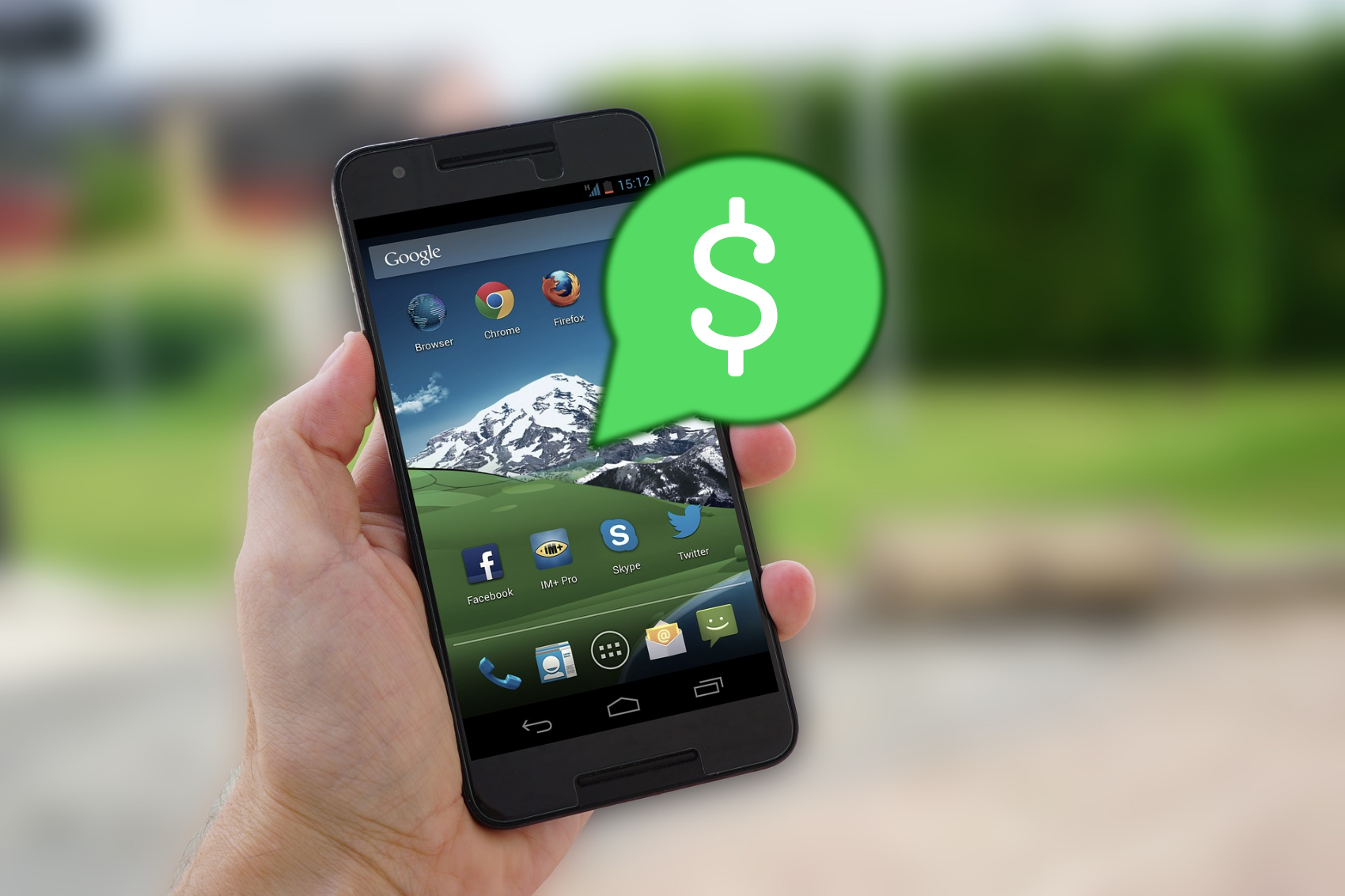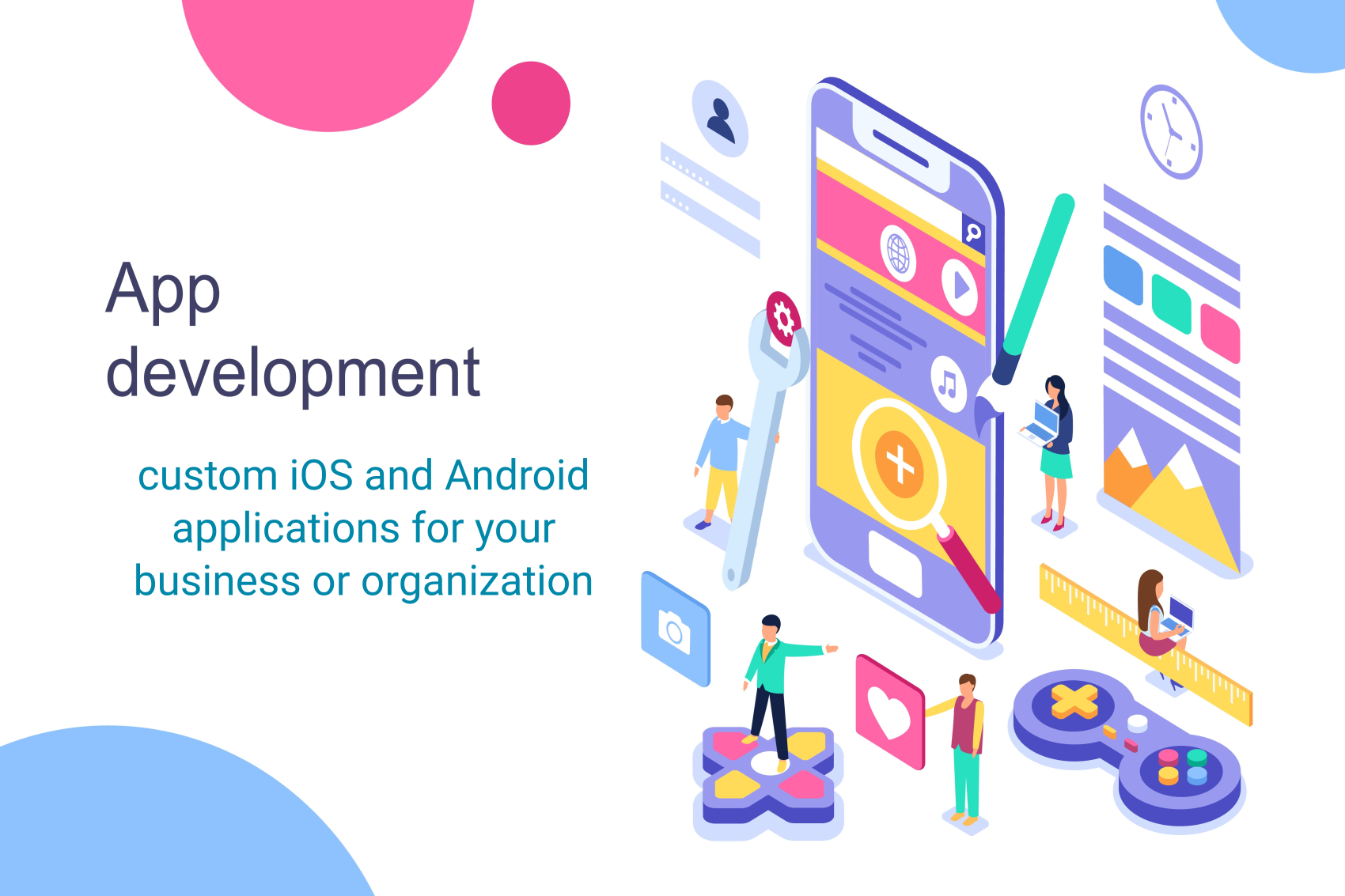You may be missing out on a chance to increase your visibility and revenue because you don’t have a mobile app. Mobile applications are not just for big businesses and corporations. Increasingly, people are turning to their phones for information about all businesses – including medium, small and “mom and pop” businesses. If you’re not convinced, here are some recent statistics that you should know:
- Mobile App Downloads Up by 23.3% Since the COVID-19 Pandemic1
- Mobile App Downloads are Expected to Increase by 45%2
- The Average Adult Spends Almost 4 Hours on a Mobile Device Daily3
- Mobile Apps Account for 70% of All Digital Media Time4
- 91% of Users Will Abandon an App that Provides a Poor Experience5
- Mobile Users Check Their Smartphones 63 Times a Day6
- 70% of Users Will Find Another App if it Takes Too Long to Load7
- 48% of Users Admit an App Helps Determine Brand Credibility8
Still not sure? Consider these benefits to a mobile application:
- Be visible when people need your service
- Cultivate customer loyalty
- Improve customer engagement
- Provide instant value to your customers
What Makes a Successful Mobile Application?
Understand Your Audience
The difference between a successful app and one that fails is the user experience. You should understand your target audiences' needs and understand ther behavior both in-app and in daily life.
Attractive Site that Follows Your Brand's Image/Identity
If you have an established brand, your application should follow the standards you've created for that brand - use the same colors, fonts styles, and 'look-and-feel.' You also want to make sure your app conveys the same 'mood' that your website and/or in-store experience conveys.
Easy to Navigate and Find Info
Even loyal customers/visitors are liable to abandan your app if they cannot find what they want easily. Navigation should be obvious and straight forward. Follow conventions used by other apps when it comes to navigation. Your application is not the only app your clients are using. Use what they're used to.
Loads Quickly, Transitions Smoothly
Your application should cache information that does not change often on the mobile device. This greatly reduces load times. When data must be loaded dynamiclly, use a 'spinner' or progress bar so that it doesn't look like the app has stalled. And there should always be fallback data in case an online connection is not available.

In 2021, can you afford not to be in front of your customers when they need you? Can you afford not to have a mobile app?
1. https://sensortower.com/blog/app-revenue-and-downloads-q3-2020
2. https://www.appannie.com/en/insights/market-data/app-annie-2017-2022-forecast/
3. https://www.emarketer.com/content/average-us-time-spent-with-mobile-in-2019-has-increased
4. https://www.marketingcharts.com/digital/mobile-phone-111093
5. https://think.storage.googleapis.com/images/micromoments-guide-to-winning-shift-to-mobile-download.pdf
6. https://www.bankmycell.com/blog/smartphone-addiction/
7. https://think.storage.googleapis.com/images/micromoments-guide-to-winning-shift-to-mobile-download.pdf
8. https://www.thinkwithgoogle.com/marketing-strategies/app-and-mobile/what-users-want-most-from-mobile-sites-today/



















